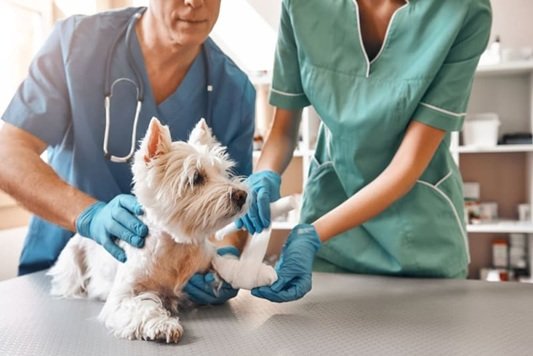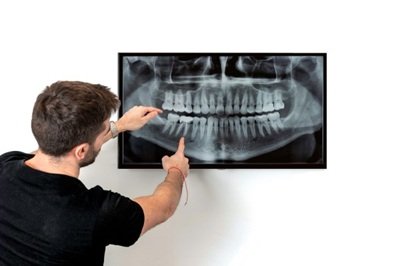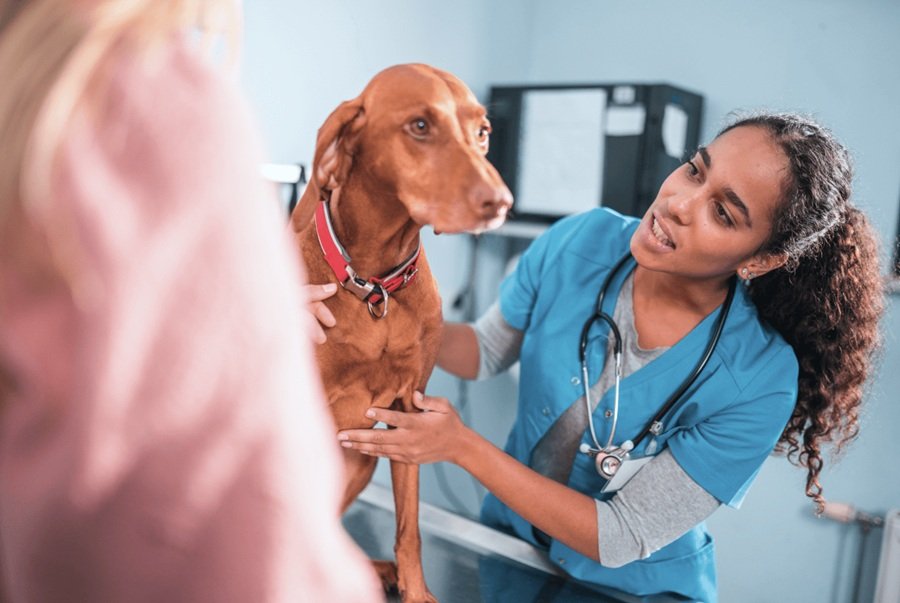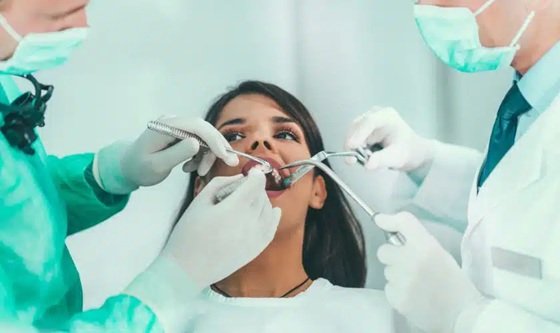Caring for your pet after surgery is crucial. A veterinarian in Ogden, UT shares the importance of post-operative care. This guidance eases your pet’s recovery and minimizes discomfort. Post-surgery, your furry friend’s health relies on your support. You’ll need to focus on four key areas to ensure a smooth recovery. First, manage pain effectively. Second, keep the surgical site clean to prevent infection. Third, monitor their behavior closely for any unusual signs. Fourth, maintain a calm environment to reduce stress. These steps are not just simple tasks. They are lifelines for your pet’s well-being. Your role in their recovery is vital. With clear instructions and your compassionate care, your pet will heal better. This journey may seem overwhelming, but remember, you’re not alone. Guidance from experts makes the process manageable. Your pet trusts you. They depend on you to help them through this challenging time.
Manage Pain Effectively
Managing pain is your first priority. Proper pain control allows your pet to rest and recover more quickly. Your veterinarian will prescribe the appropriate pain relief medications. Be sure to follow dosing instructions carefully. Overdosing can cause serious issues, while underdosing might leave your pet in pain. If unsure, contact your veterinary team for help. To understand more about pain management in pets, visit the American Veterinary Medical Association.
Keep the Surgical Site Clean
Cleaning the surgical site is crucial to prevent infection. Check the area daily for redness, swelling, or discharge. Use a mild antiseptic solution recommended by your veterinarian. Apply it gently with a clean cotton ball. Avoid letting your pet lick or bite the area. An Elizabethan collar can help with this. Consistent care ensures that the site heals correctly and without complications.
Monitor Behavior Closely
After surgery, your pet may act differently. Monitor their behavior closely for signs of pain or discomfort. These may include whining, limping, or reluctance to move. Appetite changes and lethargy can also be indicators. If you notice anything unusual, contact your veterinarian immediately. Your pet’s behavior is a vital clue to their recovery process. Understanding these signs helps in addressing issues early on.
Maintain a Calm Environment
A calm environment reduces stress, aiding in faster recovery. Keep your home quiet and limit your pet’s activity. Provide a comfortable, warm sleeping area away from household traffic. Avoid introducing new people or pets during this time. Simple steps create a peaceful setting conducive to healing.
| Post-Operative Care Tips | Action Required |
|---|---|
| Manage Pain | Follow vet’s prescription, regular monitoring |
| Clean Surgical Site | Use antiseptic, prevent licking |
| Monitor Behavior | Watch for changes, contact vet if needed |
| Calm Environment | Limit activity, provide comfort |
Patience and care go a long way in ensuring your pet’s success post-surgery. By focusing on these four areas, you provide the support needed for a smooth recovery. Resources like the Washington State University Veterinary Teaching Hospital offer additional insights. They help clarify any concerns that arise during this time.
In summary, your dedication and adherence to the veterinarian’s advice make all the difference. You form the heart of your pet’s healing process. With your care, they will regain their strength and return to their lively selves. You’re building a bond of trust and compassion that lasts a lifetime.



